Name HMS Hawke Draught 24 ft (7.3 m) Launched 11 March 1891 Draft 7.3 m | Laid down 17 June 1889 Construction started 17 June 1889 Length 118 m Beam 18 m | |
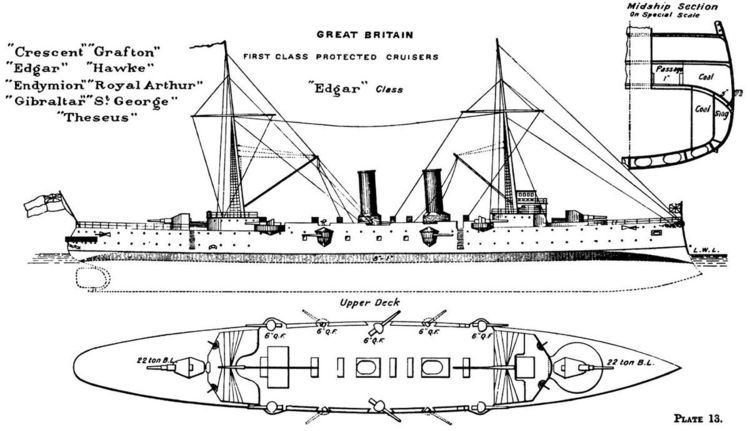 | ||
Displacement 7,770 long tons (7,890 t) | ||
Hms hawke 1891
HMS Hawke, launched in 1891, was the seventh British warship to be named Hawke. She was an Edgar-class protected cruiser.
Contents

Construction

Hawke was laid down at Chatham Dockyard on 17 June 1889, one of nine Edgar-class cruisers ordered for the Royal Navy under the Naval Defence Act 1889, and launched on 11 March 1891. Sea trials in March 1892 were satisfactory, with her engines reaching the required power, and the ship was completed on 16 May 1893.
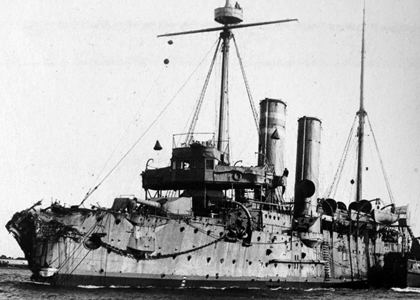
Hawke was 387 feet 6 inches (118.11 m) long overall and 360 feet (109.73 m) between perpendiculars, with a beam of 60 feet (18.29 m) and a draught of 23 feet 9 inches (7.24 m). She displaced 7,350 long tons (7,470 t).
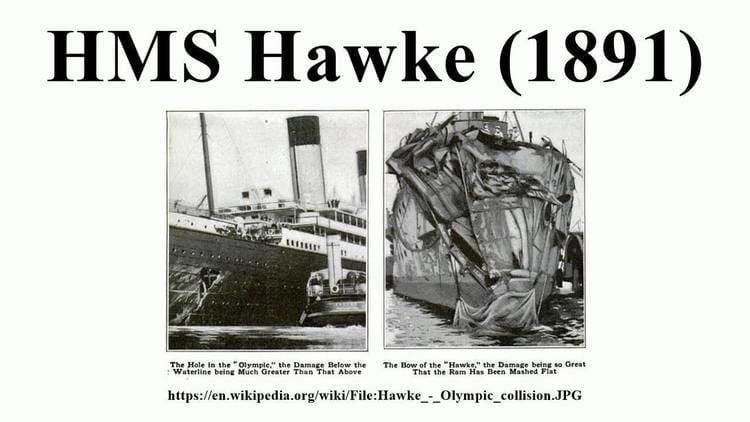
Armament consisted of two 9.2 inch guns, on the ships centreline, backed up by ten six-inch guns, of which four were in casemates on the main deck and the remainder behind open shields. Twelve 6-pounder and four 3-pounder guns provided anti-torpedo-boat defences, while four 18 inch torpedo tubes were fitted. The Edgars were protected cruisers, with an arched, armoured deck 5–3 inches (127–76 mm) thick at about waterline level. The casemate armour was 6 inches (152 mm) thick, with 3 inches (76 mm) thick shields for the 9.2 inch guns and 10 inches (254 mm) armour on the ship's conning tower.
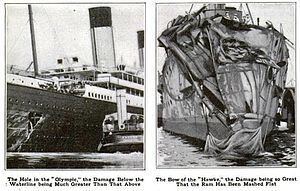
Hawke's machinery was built by Fairfields, with four double-ended cylindrical boilers feeding steam at 150 pounds per square inch (1,000 kPa) to 2 three-cylinder triple expansion engines, which drove two shafts. This gave 12,000 indicated horsepower (8,900 kW) under forced draught, giving a speed of 20 knots (37 km/h; 23 mph).
Service
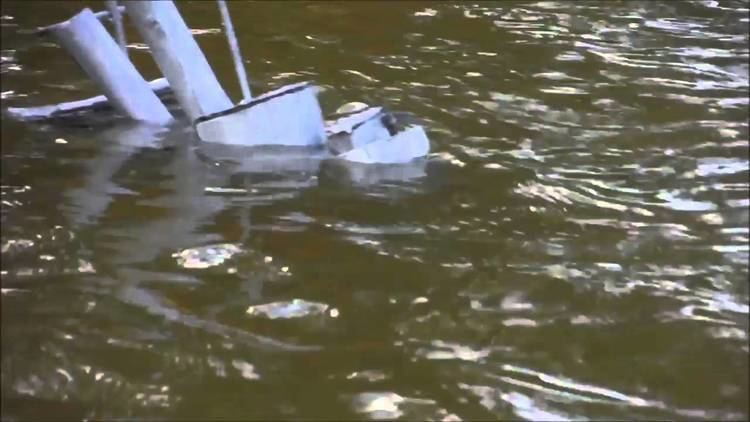
On commissioning, Hawke joined the Mediterranean Fleet, remaining on that station for most of the rest of the decade.
In August 1901 Hawke was paid off at Chatham and placed in the Fleet Reserve. In February 1902 she was ordered to be prepared to convey relief crews to the Cape of Good Hope Station, and she was commissioned for this duty by Captain Algernon Horatio Anson on 1 April. She left Chatham the following week with new crews for the British vessels Forte, Dwarf and Partridge, and arrived at Simon's Town on 10 May. She left South Africa ten days later, stopping at Saint Helena, Ascension, Sierra Leone, Las Palmas and Madeira before she arrived at Plymouth on 16 June 1902. Captain Julian Charles A. Wilkinson was appointed in command on 23 July, when she was prepared at Chatham to convey relief crews for the vessels HMS Vulcan, HMS Foam, HMS Bruizer, HMS Dragon, and HMS Boxer, all serving on the Mediterranean Station.
In November 1904, Hawke became Boy's Training Ship as part of the 4th Cruiser Squadron, serving in that role until August 1906, when she joined the torpedo school at Sheerness. In 1907, Hawke joined the Home Fleet.
Collision with the liner Olympic
On 20 September 1911, Hawke, under command of Commander W.F. Blunt, collided in the Solent with the White Star ocean liner RMS Olympic. In the course of the collision, Hawke lost her bow. (This was replaced by a straight bow). The subsequent trial pronounced Hawke to be free from any blame. During the trial, a theory was advanced that the large amount of water displaced by Olympic had generated a suction that had drawn Hawke off course. The decision of the first court to try the case provoked a series of legal appeals.
Sinking
In February 1913, Hawke joined the training squadron based at Queenstown, Ireland (now known as Cobh), where she served along with most of the rest of the Edgar class. In August 1914, on the outbreak of the First World War, Hawke, together with the other Edgars from Queenstown, formed the 10th Cruiser Squadron, operating on blockade duties between the Shetland Islands and Norway.
In October 1914, the 10th Cruiser Squadron was deployed further south in the North Sea as part of efforts to stop German warships from attacking a troop convoy from Canada. On 15 October, the squadron was on patrol off Aberdeen, deployed in line abreast at intervals of about 10 miles. Hawke stopped at 9:30 am to pick up mail from sister ship Endymion. After recovering her boat with the mail, Hawke proceeded at 13 knots (24 km/h; 15 mph) without zig-zagging to regain her station, and was out of sight of the rest of the Squadron when at 10:30 a single torpedo from the German submarine U-9 (which had sunk three British cruisers on 22 September), struck Hawke, which quickly capsized. The remainder of the squadron only realised anything was amiss, when, after a further, unsuccessful attack on Theseus, the squadron was ordered to retreat at high speed to the northwest, and no response to the order was received from Hawke. The destroyer Swift was dispatched from Scapa Flow to search for Hawke and found a raft carrying one officer and twenty-one men, while a boat with a further forty-nine survivors was rescued by a Norwegian steamer. 524 officers and men died, including the ship's captain, Hugh P. E. T. Williams, with only 70 survivors (one man died of his wounds on 16 October).
